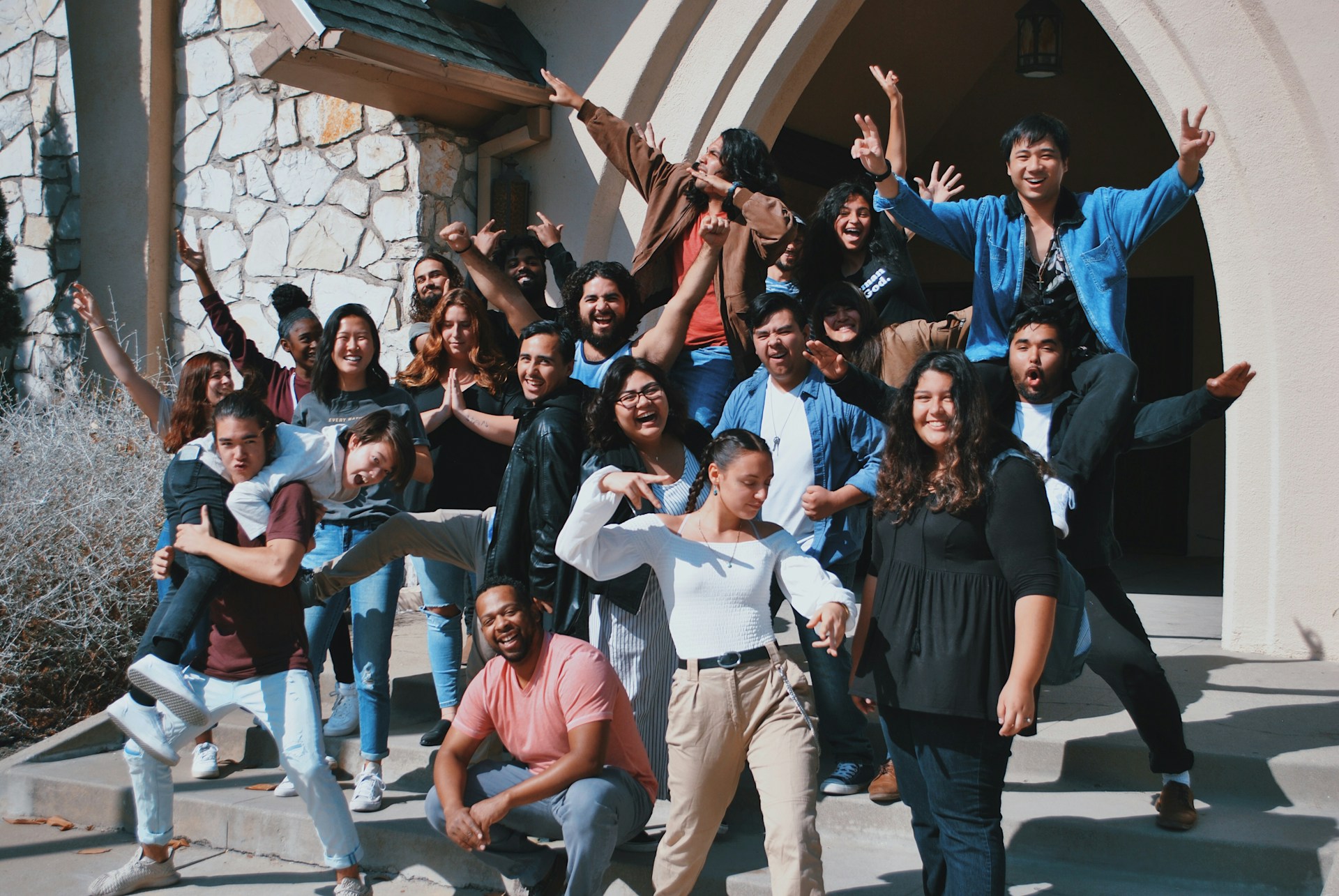
Strategies for Building Thriving Communities on Social Media Platforms
Building a community on social media is no longer just a trend—it’s a powerful strategy for creating lasting connections with your audience. With millions of people spending time on platforms like Instagram, Facebook, and TikTok every day, cultivating a strong, engaged community is essential for brands aiming to foster loyalty and encourage active participation. But how can you stand out in a crowded digital space?
Here’s a guide to building a thriving community on social media, using actionable strategies that prioritize genuine interaction, thoughtful content, and sustained engagement.
1. Define Your Community’s Purpose
Before you start building a social media community, you need to understand why it exists. What will members get out of joining your group or following your page? Having a clear purpose gives your audience a reason to engage with your content and each other.
A strong purpose could be:
- Offering a space for people to exchange knowledge on a specific subject.
- Providing a platform for support around a shared challenge or goal.
- Bringing together individuals with shared interests or passions.
Pro tip: Pinpoint a clear, focused objective that will resonate with your target audience. Communities that lack purpose tend to fizzle out quickly, while those with a strong reason for existing attract long-term engagement.
2. Create Content That Encourages Interaction
Posting engaging content isn’t just about looking good—it’s about inviting your community to participate in meaningful conversations. Create posts that encourage people to share their thoughts, opinions, or experiences. Polls, questions, and live streams are great tools for driving interaction.
Here are a few content types that foster engagement:
- Polls and surveys: Ask your followers for their opinions on relevant topics. These are easy ways to get your audience involved while learning more about their preferences.
- User-generated content: Invite your community members to share their own experiences with your product, service, or industry, then highlight their contributions on your platform.
- Contests and challenges: Everyone loves a chance to win. Host creative contests that encourage your followers to participate and share.
Pro tip: Mix up your content to keep things fresh and exciting. No one wants to see the same types of posts over and over again.
3. Engage Consistently and Authentically
Your community wants to know there’s a real person behind your brand. Responding to comments, answering questions, and acknowledging feedback are key to showing that you’re invested in the conversation. When you engage authentically, your audience will feel valued and more likely to engage in return.
Make sure to:
- Respond to comments promptly: Whether it’s a compliment or a concern, make sure you acknowledge your community members.
- Show appreciation: Thank your followers for their participation, and highlight loyal members to encourage continued engagement.
- Be authentic: Avoid robotic responses or automated messages. Let your brand personality shine through in your interactions.
Pro tip: Create a routine for monitoring and engaging with your community. The quicker and more genuine your responses are, the stronger your community bonds will be.
4. Leverage Influencers and Ambassadors
Influencers and brand ambassadors can play a huge role in building your social media community. These individuals already have an engaged following, and partnering with them can bring new members into your community while building credibility.
There are a couple of ways to leverage influencers:
- Collaborations: Partner with influencers who align with your brand values to create content together. This introduces your brand to their audience, creating opportunities for community growth.
- Ambassador programs: Build long-term relationships with loyal customers or influencers who can act as advocates for your brand.
Pro tip: Choose influencers who genuinely resonate with your brand, rather than focusing solely on follower count. A smaller, more engaged influencer can drive more meaningful community growth than a large but disinterested audience.
5. Host Virtual Events and Live Streams
Virtual events and live streams are effective ways to engage your community in real time. These events offer opportunities for deeper interaction, Q&A sessions, and instant feedback from your audience.
Some popular event ideas include:
- Live Q&A sessions: Answer questions from your community and provide real-time insights.
- Webinars: Host educational or value-packed sessions on topics relevant to your audience.
- Behind-the-scenes content: Show your community how things work behind the curtain, giving them a deeper connection to your brand.
Pro tip: Promote your live events well in advance to build excitement and ensure maximum participation. Encourage attendees to interact by asking questions, making comments, or sharing their thoughts in real time.
6. Encourage Member-Led Initiatives
A successful community is one that feels like it belongs to its members, not just the brand. One way to foster this feeling is by encouraging member-led initiatives. This could be in the form of user-generated content, group discussions, or even allowing members to host their own events.
Consider:
- Highlighting member stories: Share the success stories, projects, or achievements of your community members to inspire and engage others.
- Hosting member spotlights: Give your most active members the chance to share their thoughts or lead discussions on relevant topics.
- Community challenges: Organize challenges that encourage participation and provide an opportunity for members to showcase their talents or ideas.
Pro tip: Giving your community members ownership over certain aspects of the group can inspire even more loyalty and engagement.
7. Measure and Adapt
Once your community is up and running, it’s essential to keep track of your progress and adapt as needed. Regularly reviewing your engagement metrics can help you identify what’s working and what’s not. Use analytics to inform your strategy and make adjustments based on the feedback and behavior of your audience.
Some metrics to track include:
- Engagement rates: How many people are commenting, liking, and sharing your posts?
- Growth rate: How quickly is your community growing over time?
- Active members: How many of your followers are consistently participating?
Pro tip: Regularly poll your community members to gather feedback on what they enjoy and what they’d like to see more of. This helps you stay in tune with their preferences and needs.
Conclusion
Building a community on social media platforms is about more than just growing follower numbers—it’s about creating a space where people feel connected, valued, and engaged. By focusing on authentic interaction, consistently engaging with your audience, and adapting based on feedback, you can create a thriving community that supports your brand and brings long-term benefits.
These strategies will set you up for success, but remember: building a community takes time and effort. Be patient, stay consistent, and soon you’ll see your social media community grow into a vibrant, engaged group of loyal followers.


